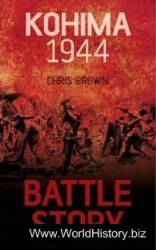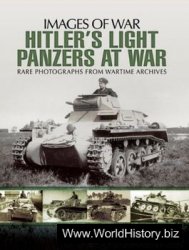That evolution of medieval Europe’s elite class of killers on horseback,
as some modern observers have called them, had its roots
in the Roman Empire. In Roman times, the region now occupied
by the nation of France was called Gaul. Beginning in the 300s
CE, a Germanic tribal people known as the Franci, better known as the
Franks, settled in Gaul. As time went on the area came to be called Francia
after them. (Over subsequent centuries Francia became France.)
Rome had long kept large horse-breeding estates in Gaul, which had
contributed many of the mounts used by cavalry units across the Roman
Empire. When that vast realm collapsed in the i fth and sixth centuries,
the Franks inherited these estates and maintained them. Partly for this
reason, medieval France’s i rst two royal dynasties (ruling
families), the Merovingians and Carolingians, had
strong cavalry traditions from the outset.
h e Merovingians ruled from the late 400s to the
750s, at which time the Carolingians took the throne.
Subsequently, the Carolingians held sway in most of
France until the late 900s. Both of these lines of rulers
recognized a major reason for their maintaining large units of horsemen in
warfare: Two of the Franks’ most dreaded enemies employed mobile armies
made up principally of cavalry. One was the Avars, a i erce tribal people
originally hailing from central Asia. h e other consisted of Muslim Arabs,
who had recently swept across northern Africa and entered and conquered
Spain. h e Franks realized that they could not ef ectively counter and defeat
these foreign horsemen without maintaining strong cavalries of their own.
By the close of the Carolingian era, these Asian and Muslim intruders
had ceased to be a threat to Europe. Even then, however, the Franks
and other Europeans who had built up large cavalry units felt it would be
unwise to dismantle them. In the words of historian Bernard S. Bachrach,
none of Europe’s “post-Carolingian states that supported such forces could
give them up as long as their potential domestic adversaries [i.e., their
neighbors] did not. Without a broad and enforceable general agreement
regarding the elimination of [those forces], any government that might
undertake partial disarmament on its own would face the risk of placing
itself in a disadvantaged position.”13
As a result, European military cavalry traditions continued, as did
the ongoing transformation of these cavalrymen into a class of elite warriors.
h e forerunners of the classic medieval knight, they came to see
themselves as special in part because they tended to be wealthier than
infantrymen and other soldiers. Horses were expensive to buy and raise.
It was also very costly to equip and train a mounted ighter, so over time
many such warriors acquired enhanced social status.




 World History
World History









